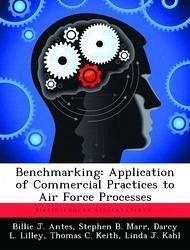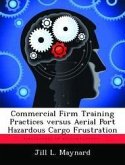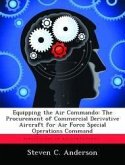As a result of the Air Force's move to Two-Level Maintenance and a Lean Logistics environment, the Air Force transportation community must adapt current practices to meet new standards. In the past, Air Force transportation managers have relied on organic military airlift to move high priority international shipments. However, the reduced infrastructure, coupled with the move to Lean Logistics and Two-Level Maintenance, mandate an increasing reliance on commercial express transportation to meet critical mission requirements. Consequently, Air Force transportation managers are faced with determining which commercial carrier provides the best service to meet Air Force requirements to a particular international location. Currently, however, there is no Air Force guidance to help transportation managers make this carrier decision. This study will identify selection criteria important within commercial industry and identify commercial practices that can be benchmarked by the Air Force.The objective of this study is to provide recommendations to the Air Staff that will improve Air Force transportation support of Two-Level Maintenance and Lean Logistics requirements. The extensive literature review explored academic literature, commercial processes, and DOD and Air Force Lean Logistics requirements.
Hinweis: Dieser Artikel kann nur an eine deutsche Lieferadresse ausgeliefert werden.
Hinweis: Dieser Artikel kann nur an eine deutsche Lieferadresse ausgeliefert werden.








